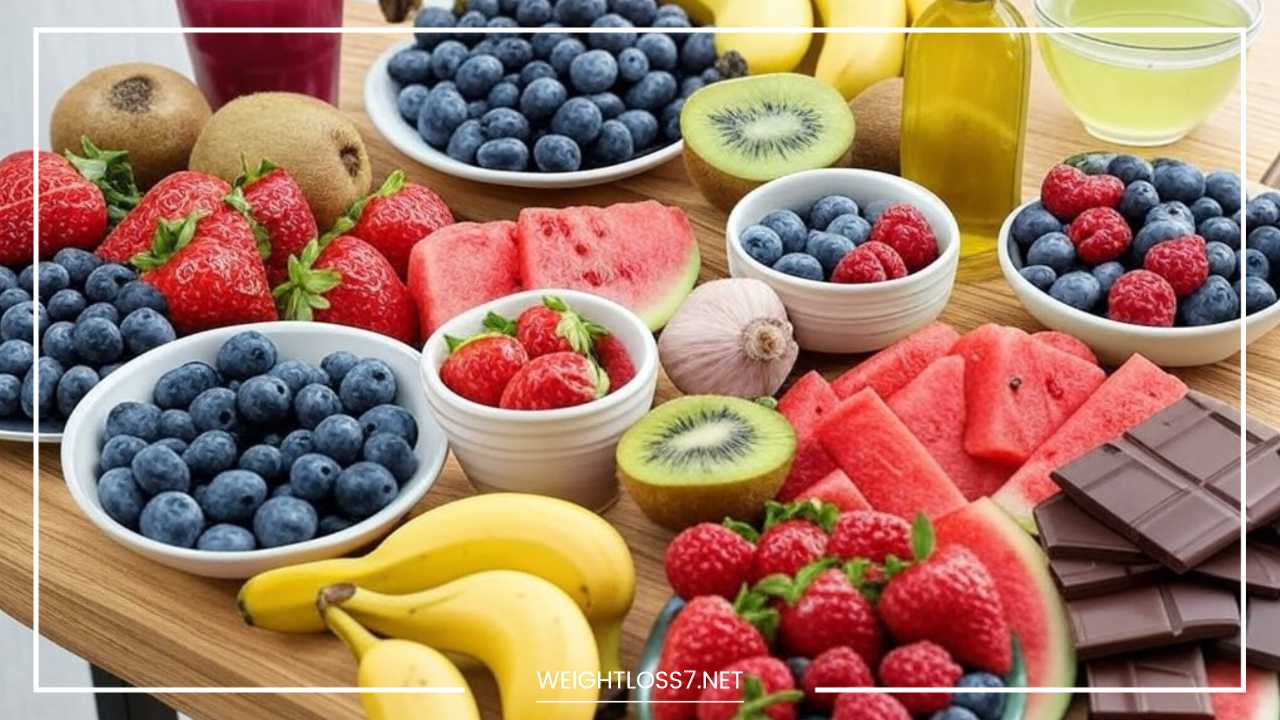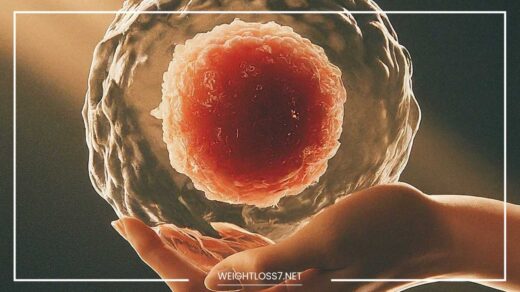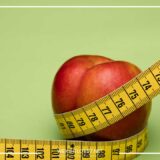Foods That Lower Blood Pressure Instantly

Lower Blood Pressure
Lowering Blood Pressure Instantly: A Complex and Multi-Faceted Approach
Lowering blood pressure instantly is a complex issue that lacks a simple, one-size-fits-all solution. High blood pressure (hypertension) is a serious condition that often requires long-term management through a combination of medication, dietary changes, physical activity, and other lifestyle modifications.
While certain foods can contribute to heart health and may have a temporary effect on blood pressure, they cannot replace medical treatment or a healthy lifestyle for sustainable, long-term control.
That said, there is considerable evidence to suggest that specific foods can play a beneficial role in supporting healthy blood pressure levels.
Understanding how particular foods impact blood pressure is key to utilizing them effectively as part of a broader strategy for heart health.
In this article, we’ll take a comprehensive look at foods that can support healthy blood pressure levels and explore the science behind their benefits.
Understanding Blood Pressure: What You Need to Know
Blood pressure is the force exerted by blood on the walls of your arteries as your heart pumps it around the body. It is measured in millimeters of mercury (mm Hg) and is given as two numbers:
- Systolic pressure (the top number): This measures the pressure in your arteries when your heart beats and pumps blood out.
- Diastolic pressure (the bottom number): This measures the pressure in your arteries when your heart rests between beats.
Blood pressure readings are expressed as a ratio of systolic over diastolic pressure, for example, 120/80 mm Hg.
A healthy blood pressure is typically around 120/80 mm Hg, but a person’s ideal number may vary depending on their age, health status, and other factors.
High blood pressure, or hypertension, occurs when the force of blood against the artery walls is consistently too high.
Hypertension is a major risk factor for serious health problems, including heart disease, stroke, kidney disease, and eye damage. The longer hypertension goes untreated, the higher the likelihood of these complications.
Hypertension can develop over many years without noticeable symptoms, which is why it is often referred to as a “silent killer.”
Regular monitoring is key to detecting high blood pressure early, so it can be managed effectively with a combination of treatments, including medication, diet, exercise, and stress reduction.
The Role of Diet in Managing Blood Pressure
One of the most effective ways to lower and manage blood pressure is through dietary modifications. A balanced, heart-healthy diet can reduce the risk of hypertension and improve overall cardiovascular health.
The DASH diet (Dietary Approaches to Stop Hypertension) has been extensively studied and shown to help reduce blood pressure in people with hypertension. The DASH diet emphasizes:
- Fruits and vegetables: High in potassium, magnesium, and fiber, which help lower blood pressure.
- Whole grains: Provide fiber and nutrients that contribute to heart health.
- Lean protein sources: Such as fish, poultry, beans, and nuts.
- Low-fat dairy: Provides calcium, which is important for vascular health.
- Healthy fats: Including those from sources like olive oil and avocados.
In addition to following a heart-healthy diet, certain foods have been found to offer specific benefits for controlling blood pressure. Below is a detailed look at some of these foods, along with the science behind their effects.
Foods for Supporting Healthy Blood Pressure: A Deep Dive into Their Benefits
1. Berries: Nature’s Sweet Antioxidants
Berries, including blueberries, strawberries, raspberries, and blackberries, are not only delicious but also packed with antioxidants, specifically anthocyanins.
Anthocyanins are the pigments responsible for the red, blue, and purple colors of these fruits and have been linked to improved heart health.
These antioxidants help reduce inflammation, improve blood vessel function, and promote better circulation, all of which contribute to healthy blood pressure levels.
A 2019 review published in Antioxidants suggested that anthocyanin-rich foods, such as berries, could help reduce blood pressure and improve overall vascular health.
Although more research is needed to fully understand the impact of berries on blood pressure, early studies suggest that regular consumption of these fruits can have beneficial effects on blood pressure management.
Incorporating a variety of berries into your daily diet—whether fresh, frozen, or in smoothies—provides a rich source of antioxidants while adding a sweet, refreshing flavor to your meals.
2. Bananas: A Potassium Powerhouse
Bananas are perhaps one of the most well-known sources of potassium, an essential mineral that plays a crucial role in regulating blood pressure.
Potassium helps balance the effects of sodium in the body, promoting proper fluid balance and preventing the narrowing of blood vessels, which can contribute to high blood pressure.
The American Heart Association (AHA) recommends consuming 4,700 mg of potassium daily, but most people fall short of this target.
A medium-sized banana typically contains about 400-450 mg of potassium, making it a convenient and tasty way to boost potassium intake.
By consuming potassium-rich foods like bananas, you can help support healthy blood pressure and reduce the risk of developing hypertension.
In addition to bananas, other potassium-rich foods include leafy greens (like spinach and kale), potatoes, avocados, and beans.
3. Beets: Nitric Oxide and Blood Vessel Health
Beets (and beet juice) are known for their high nitrate content. Nitrates are compounds that convert into nitric oxide within the body, a molecule that helps relax and dilate blood vessels.
This dilation of blood vessels can lead to a reduction in blood pressure by improving blood flow.
A 2022 review published in Hypertension found that beet juice had a significant effect on reducing systolic blood pressure in individuals with hypertension.
Consuming beet juice regularly could be an effective, natural strategy for lowering blood pressure, especially in people with mild hypertension.
Beetroot can be enjoyed raw in salads, roasted as a side dish, or consumed in juice form for a more concentrated dose of nitrates.
Additionally, combining beets with other nitrate-rich foods such as leafy greens can enhance their blood-pressure-lowering benefits.
4. Dark Chocolate: A Sweet, Heart-Healthy Treat
When it comes to dark chocolate, the key to its potential heart-health benefits lies in its high content of flavonoids. Flavonoids are plant-based antioxidants that have been shown to improve blood vessel function, enhance blood flow, and potentially lower blood pressure.
Studies have found that consuming small amounts of high-quality dark chocolate (at least 70% cocoa) can have a positive impact on both systolic and diastolic blood pressure.
However, it’s important to consume dark chocolate in moderation, as it can be high in calories and added sugar, which may offset its health benefits.
Choosing dark chocolate with minimal added sugar ensures that you are getting the maximum amount of beneficial flavonoids while keeping your overall sugar intake in check.
5. Kiwis: Small but Mighty
Kiwis are another excellent fruit that can help support healthy blood pressure levels. These small, fuzzy fruits are rich in vitamin C, an antioxidant that has been linked to lower blood pressure in several studies.
A 2022 study published in The American Journal of Clinical Nutrition found that consuming two kiwis per day for eight weeks resulted in an average reduction of 2.7 mm Hg in systolic blood pressure.
In addition to vitamin C, kiwis are also a good source of potassium, fiber, and other nutrients that promote overall cardiovascular health.
Adding a kiwi to your daily diet is a simple and delicious way to improve heart health and manage blood pressure.
6. Watermelon: Hydration and Nitric Oxide Boost
Watermelon contains an amino acid called L-citrulline, which the body converts into L-arginine. L-arginine is a precursor to nitric oxide, a compound that helps relax and dilate blood vessels, thus reducing blood pressure.
The high water content of watermelon also contributes to hydration, which is important for maintaining optimal blood pressure levels.
Studies have shown that consuming watermelon can help lower blood pressure, particularly in people who are overweight or have mild hypertension.
To get the most benefit, try incorporating fresh watermelon into your diet during the summer months or enjoy it as a hydrating snack.
7. Garlic: A Time-Tested Natural Remedy
Garlic has been used for centuries for its potential medicinal properties, particularly for its ability to lower blood pressure.
The active compound in garlic, allicin, has been shown to enhance the production of nitric oxide, which helps relax blood vessels and improve circulation.
Studies have found that garlic supplementation can lead to modest reductions in blood pressure in individuals with hypertension.
The benefits of garlic can be maximized by consuming it in its raw or lightly cooked form. Incorporating garlic into your cooking is an easy and flavorful way to support heart health.
8. Olive Oil: A Healthy Fat for Heart Health
Extra virgin olive oil is rich in monounsaturated fats and polyphenols, both of which are associated with reduced blood pressure and improved heart health.
A 2016 study published in The American Journal of Clinical Nutrition found that consuming olive oil was linked to lower systolic blood pressure.
Olive oil also contains antioxidants that reduce oxidative stress and inflammation, which can contribute to the development of hypertension.
Olive oil can be used in a variety of ways, such as in salad dressings, as a cooking oil, or drizzled over vegetables or pasta.
Replacing less healthy fats (such as trans fats or saturated fats) with olive oil can have a positive impact on your blood pressure and overall cardiovascular health.
9. Tea: A Sip for Your Heart
Both green tea and black tea contain antioxidants known as polyphenols, which have been shown to improve blood vessel function, enhance circulation, and lower blood pressure.
A 2020 review found that regular consumption of tea was associated with a reduction in both systolic and diastolic blood pressure.
Green tea, in particular, contains catechins, a type of flavonoid that has been studied for its potential to lower blood pressure.
Drinking several cups of tea per day, especially if it’s unsweetened, may offer a simple way to support your heart health.
10. Flaxseeds: Tiny Seeds, Big Benefits
Flaxseeds are an excellent source of omega-3 fatty acids, fiber, and lignans, all of which have been shown to help lower blood pressure.
A 2013 study published in Hypertension found that incorporating flaxseeds into the diet was associated with reductions in systolic blood pressure.
Flaxseeds are versatile and can be easily incorporated into your diet by adding them to smoothies, yogurt, salads, or baking. Opt for ground flaxseeds to maximize nutrient absorption.
Important Considerations When Managing Blood Pressure
While the foods listed above can play a supportive role in managing blood pressure, they should not be relied upon as the sole treatment for hypertension. Here are some important considerations to keep in mind:
- Moderation is Key: While these foods can support blood pressure health, it’s essential to consume them as part of a balanced and varied diet. Overeating even healthy foods can lead to weight gain, which may contribute to high blood pressure.
- Individual Responses Vary: The effects of these foods on blood pressure may vary from person to person. Factors such as genetics, age, and other medical conditions can influence how your body responds to dietary changes.
- Consult Your Doctor: If you have high blood pressure, it’s important to consult with your healthcare provider before making any significant changes to your diet or lifestyle. Food alone is unlikely to replace medication or professional treatment for hypertension.
- Lifestyle Changes Matter: Along with a healthy diet, other lifestyle changes, such as regular physical activity, stress management, limiting alcohol intake, and reducing sodium consumption, are essential for effective blood pressure management.
Final Thoughts: A Comprehensive Approach to Lowering Blood Pressure
While no single food can dramatically lower blood pressure instantly, many foods can play a supportive role in managing hypertension.
A heart-healthy diet rich in nutrient-dense foods, combined with other lifestyle changes, can help lower blood pressure and reduce the risk of cardiovascular disease.
Regular monitoring and consultation with your healthcare provider are essential for ensuring effective blood pressure management over time.
Disclaimer: This article is for informational purposes only and should not be considered medical advice. Please consult with a healthcare professional before making any significant changes to your diet or treatment plan, particularly if you have underlying health conditions or are taking medication.

















